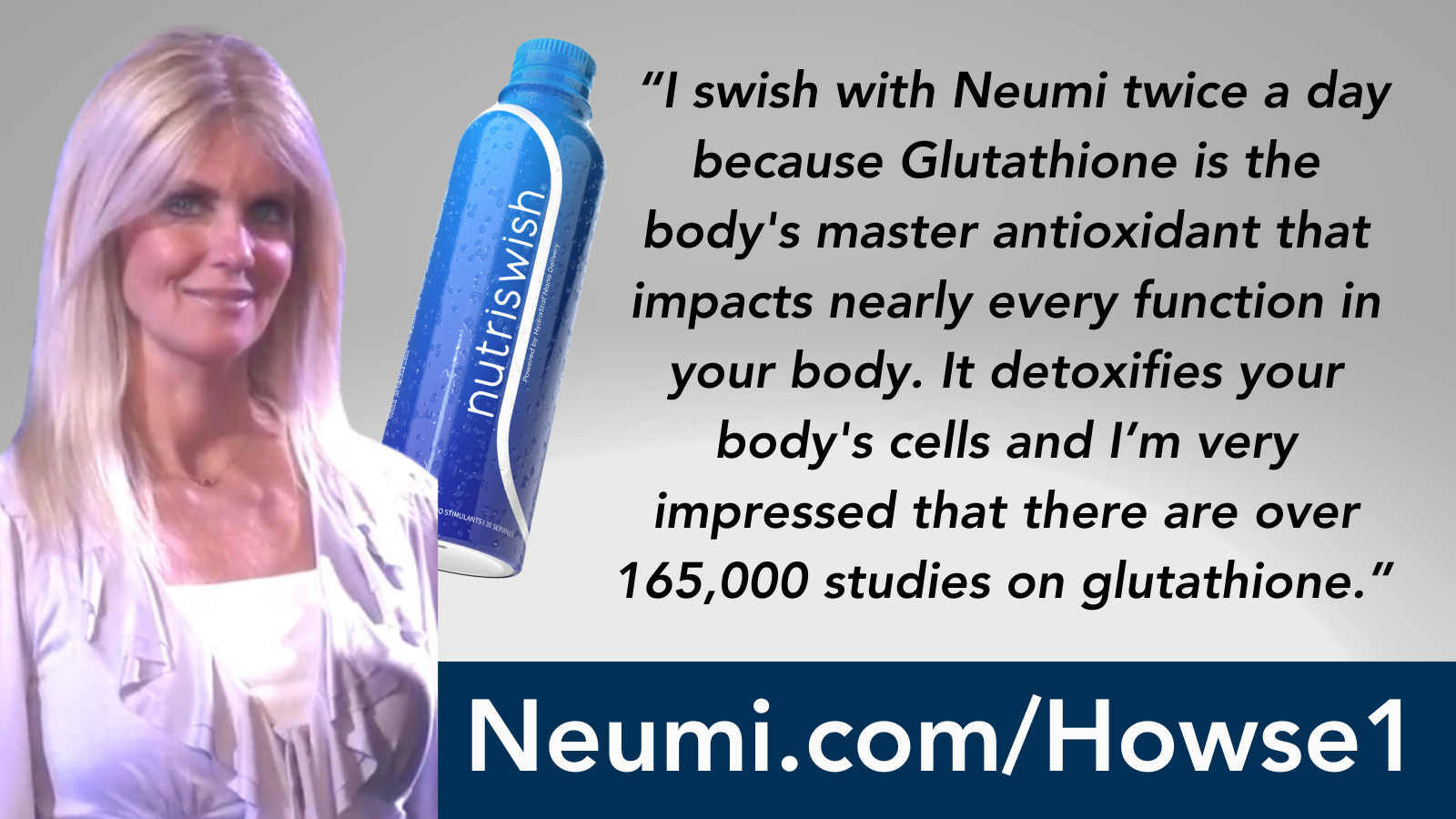Crosstalk: April 17, 2018
The National Institute on Drug Abuse recently reported that every day, more than 115 people in the United Sates die after overdosing on opioids. Both the misuse and addiction to opioids including prescription pain relievers, heroin and synthetic opioids is a serious national crisis. The Centers for Disease Control and Prevention estimates that the total 'economic burden' of prescription opioid misuse alone in the United States is $78.5 billion a year including the costs of healthcare, lost productivity, addiction treatment and criminal justice involvement. How did this come about? What safeguards need to be put in place to combat this epidemic? Who's impacted by this? Would legalizing marijuana or the medical use of marijuana alleviate the opioid epidemic?
Joining Jim to discuss this epidemic was Dr. David Stevens. Dr. Stevens is the chief executive officer of the Christian Medical and Dental Association, the nation’s largest faith-based organization of healthcare professionals. Dr. Stevens has also served as a missionary doctor in Kenya for some 10 years. He also has conducted numerous seminars on such issues as stem cell research, human cloning, genetics, faith and health, physician-assisted suicide, abortion and other topics.
So what are opioids? This refers to medicines used for pain relief and includes names such as Vicodin, Fentanyl, Percocet, Oxycontin, Hydrocodone and Codeine.
Is there a connection between opioids and heroine? Jim noted that 80 percent of heroine abusers first used prescription opioids. Dr. Stevens responded by describing how heroine use goes back to ancient times. It's made from poppies grown in the Middle and Far East. From heroine you can make morphine but heroine itself is a very strong narcotic.
Opioids present the user with a feeling of calmness by taking care of pain, helps users sleep better, they can relieve tension and for some it can help feelings and emotions. For these reasons, those who use such drugs can like the results so much they become addicted.
Dr. Stevens explained how opioids can be very good for treating the pain from cancer. Unfortunately they've been used for chronic pain that he doesn't believe warrant a narcotic such as joint or back pain. Another factor is 'doctor shopping' by individuals who seek out a continued supply for their addiction. This has resulted in Tennessee requiring the registration of every opioid prescription in a statewide database. This way a doctor can see if the patient has prescriptions in other places.
Can we point a finger of blame in any one place? Dr. Stevens sees a lot of culprits involved in this problem. The pharmaceutical companies pushed these drugs in the past, not directly to patients, but to doctors. Since pain isn't quantifiable, a doctor may try a number of different things to alleviate someone's pain but end up putting the patient on an opioid. Others who are unscrupulous can make a lot of money by giving out opioid prescriptions 'left and right'.






























